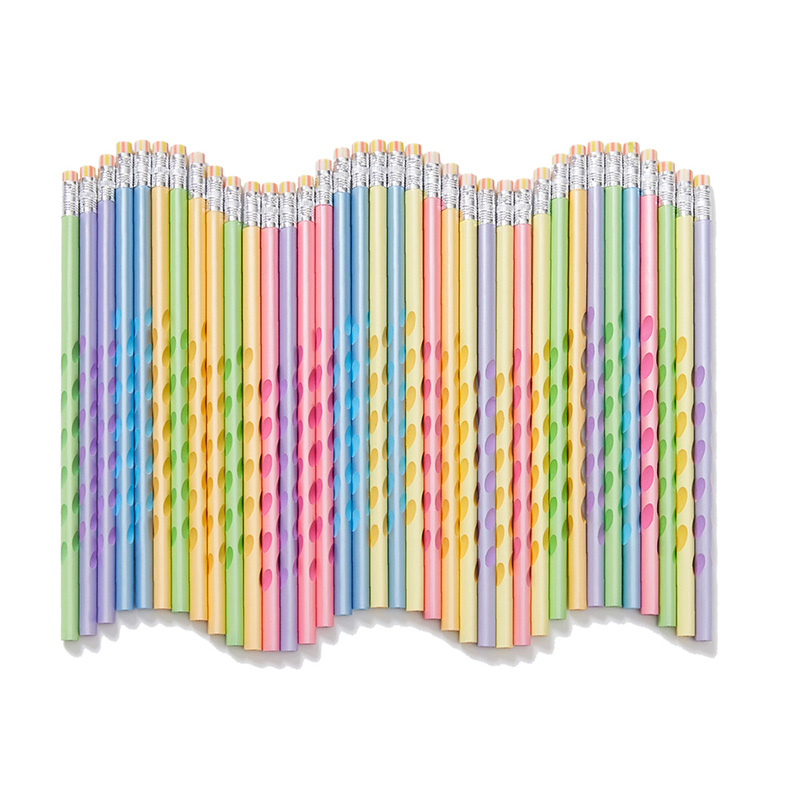In a time when smartphones and tablets dominate the way people communicate and create, one humble tool continues to prove its enduring value: the pencil. Despite rapid technological advancements, pencils remain essential instruments in education, design, architecture, the arts, and everyday writing. Their simplicity, reliability, and versatility ensure that they retain a prominent place in personal and professional toolkits worldwide.
Today’s pencil is not just a classroom relic—it is a vital part of both analog and hybrid workspaces, appreciated for its precision, erasability, and tactile control.
Precision and Control for Professionals
For professionals in fields like architecture, engineering, and drafting, the pencil is an irreplaceable precision tool. Its ability to produce clean lines and allow for fine adjustments without smudging makes it ideal for technical sketches and initial blueprints. Unlike pens, which commit marks permanently, pencils offer flexibility—a must-have during conceptual development phases.
Many modern pencils, especially mechanical models, are designed with adjustable lead thicknesses, enabling professionals to switch between fine and broad strokes instantly. This functionality is particularly useful in fields where detail and clarity are paramount.
“Nothing beats a pencil when it comes to drafting ideas quickly and accurately,” says Erika Jensen, a freelance architect. “Digital tools are great, but a pencil gives me the freedom to explore, erase, and redraw instantly.”
A in the Art and Design World
Artists and designers have long cherished pencils for their dynamic range of shading and line quality. Depending on the grade of graphite—ranging from hard (H) to soft (B)—artists can achieve everything from delicate outlines to rich, dramatic shading. This versatility supports techniques from sketching and cross-hatching to full graphite rendering.
Additionally, colored pencils have expanded the medium’s reach into illustration, fashion design, and interior concepting, giving creators vibrant alternatives to ink or paint while maintaining control over the artistic process.

The tactile feedback of pencil drawing—combined with the option to blend, layer, and erase—offers an unmatched level of intimacy and creative exploration that digital tools often cannot replicate.
Trusted by Educators and Students Alike
In classrooms across the globe, pencils remain foundational tools for learning and testing. Their erasable nature makes them ideal for young learners developing handwriting, math, and drawing skills. Teachers encourage pencil use for first drafts, rough calculations, and note-taking because it allows students to think freely and revise easily.
Pencils are also often the standard for standardized testing, where clear, smudge-free markings are essential for machine readability. Mechanical pencils have grown in popularity among older students for their clean lines, built-in erasers, and consistent writing performance.
Many education departments continue to prioritize pencils in school supply lists due to their cost-effectiveness, durability, and ease of use, particularly in areas with limited access to technology.
Sustainability and Long-Term Value
In recent years, pencils have also been recognized as environmentally friendly writing tools. Unlike disposable pens, wooden pencils can be fully biodegradable, and many are made from sustainably sourced wood or recycled materials. Some companies have even developed “plantable pencils,” which contain seeds in their stubs that can be planted after use.
Mechanical pencils also contribute to waste reduction by using refillable leads and replaceable erasers, making them long-lasting writing solutions. Their metal or high-grade plastic casings can often be reused for years, contributing to a more sustainable office or classroom environment.
Technological Adaptations for Hybrid Workflows
While pencils remain analog tools, they have also adapted to digital workflows. With the rise of styluses and smart pencils, the concept of a pencil has extended into the digital realm. Stylus pens like the Apple Pencil emulate the pressure sensitivity and precision of traditional pencils, allowing designers and note-takers to enjoy a digital experience that mirrors the physical one.
Some traditional pencil brands have even collaborated with tech companies to create digital-compatible writing systems, where handwritten notes with graphite can be instantly scanned and transferred to cloud storage platforms, preserving the of both worlds.
Market Growth Driven by Creativity and Mindfulness
Amid rising interest in mindfulness, journaling, and analog hobbies, the pencil has experienced a quiet resurgence. Consumers are turning to sketching, doodling, and handwriting as ways to unplug from screens and reconnect with their thoughts.